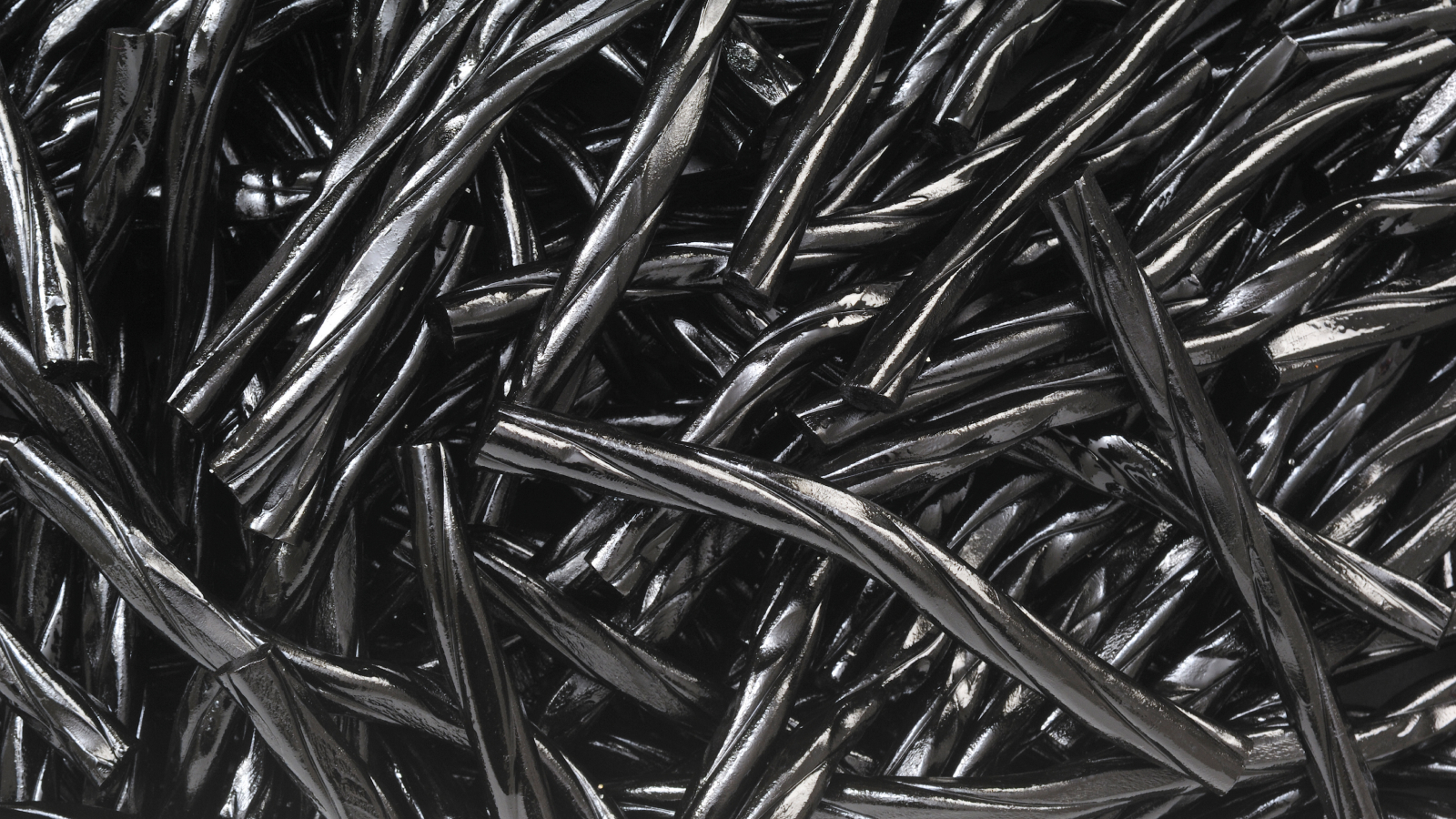Pharmaceuticals, Vol. 16, Pages 807: Therapeutic Potential of Hibiscus sabdariffa Linn. in Attenuating Cardiovascular Risk Factors
Pharmaceuticals doi: 10.3390/ph16060807
Authors: Sapian Ibrahim Mze Jubaidi Mohd Nor Taib Abd Hamid Zainalabidin Mohamad Anuar Katas Latip Jalil Bakar Budin
Cardiovascular diseases (CVDs) represent a broad spectrum of diseases afflicting the heart and blood vessels and remain a major cause of death and disability worldwide. CVD progression is strongly associated with risk factors, including hypertension, hyperglycemia, dyslipidemia, oxidative stress, inflammation, fibrosis, and apoptosis. These risk factors lead to oxidative damage that results in various cardiovascular complications including endothelial dysfunctions, alterations in vascular integrity, the formation of atherosclerosis, as well as incorrigible cardiac remodeling. The use of conventional pharmacological therapy is one of the current preventive measures to control the development of CVDs. However, as undesirable side effects from drug use have become a recent issue, alternative treatment from natural products is being sought in medicinal plants and is gaining interest. Roselle (Hibiscus sabdariffa Linn.) has been reported to contain various bioactive compounds that exert anti-hyperlipidemia, anti-hyperglycemia, anti-hypertension, antioxidative, anti-inflammation, and anti-fibrosis effects. These properties of roselle, especially from its calyx, have relevance to its therapeutic and cardiovascular protection effects in humans. This review summarizes the findings of recent preclinical and clinical studies on roselle as a prophylactic and therapeutic agent in attenuating cardiovascular risk factors and associated mechanisms.

 1 year ago
31
1 year ago
31


